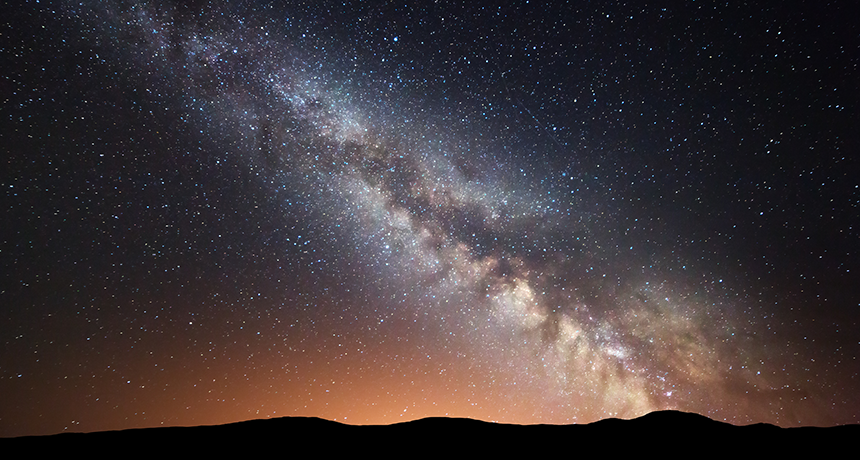
Mini space telescope to help scan for extraterrestrial life on nearby stars
A small yet powerful telescope which shall be a part of the Star-Planet Activity Research CubeSat is under construction at NASA which is planned to be launched in the year 2021. The telescope, to be fitted inside SPARCS, shall help in the exploration of flares as well as sunspots located in the stars near our solar system. This will help the scientists determine whether the planets around these stars sport a habitable environment.
The telescope shall be 9cm in diameters which will help the scientists focus on the stars that have a rather habitable environment which is cooler than our Sun’s surroundings. The M dwarfs very small as compared to our sun sporting less than half the size of our fireball and just 1 percent of the brightness.
Apart from this telescope, the team engineering this project shall also construct a camera. This particular camera is rather special as it carries two UV (Ultraviolet) detectors. This will optimize the way UV light is observed as it plays a major role in determining the fate of life on any possible surface.
An assistant professor, Evgenya Shkolnik, at the Arizona State University stated that the scientists have been observing the M dwarfs in the best possible light available as of now. However, the strongest flare of the stars occurs mostly in the UV, which gets blocked due to Earth’s atmosphere. The Hubble Space Telescope can view these stars with unhindered visibility, but the telescope has a packed schedule to follow. This means it can only dedicate a small amount of time for the task which won’t provide accurate data.
The upcoming telescope shall flaunt a mirror system that has a coating which is optimized for visibility in Ultraviolet light. With the help of the camera, the overall system shall house efficient technology to detect even a slight change in the brightness of these M dwarfs.
Our galaxy is predominantly made up of M dwarfs that take up almost three-quarters of all the stars visible in our Milky Way. The habitable zone around these stars house more than 40 billion rock based planets that could have signs of extraterrestrial life. Post completion of this telescope, the scientists will be able to observe the stellar activity around the M dwarfs to determine the possibility of life beyond Earth.


